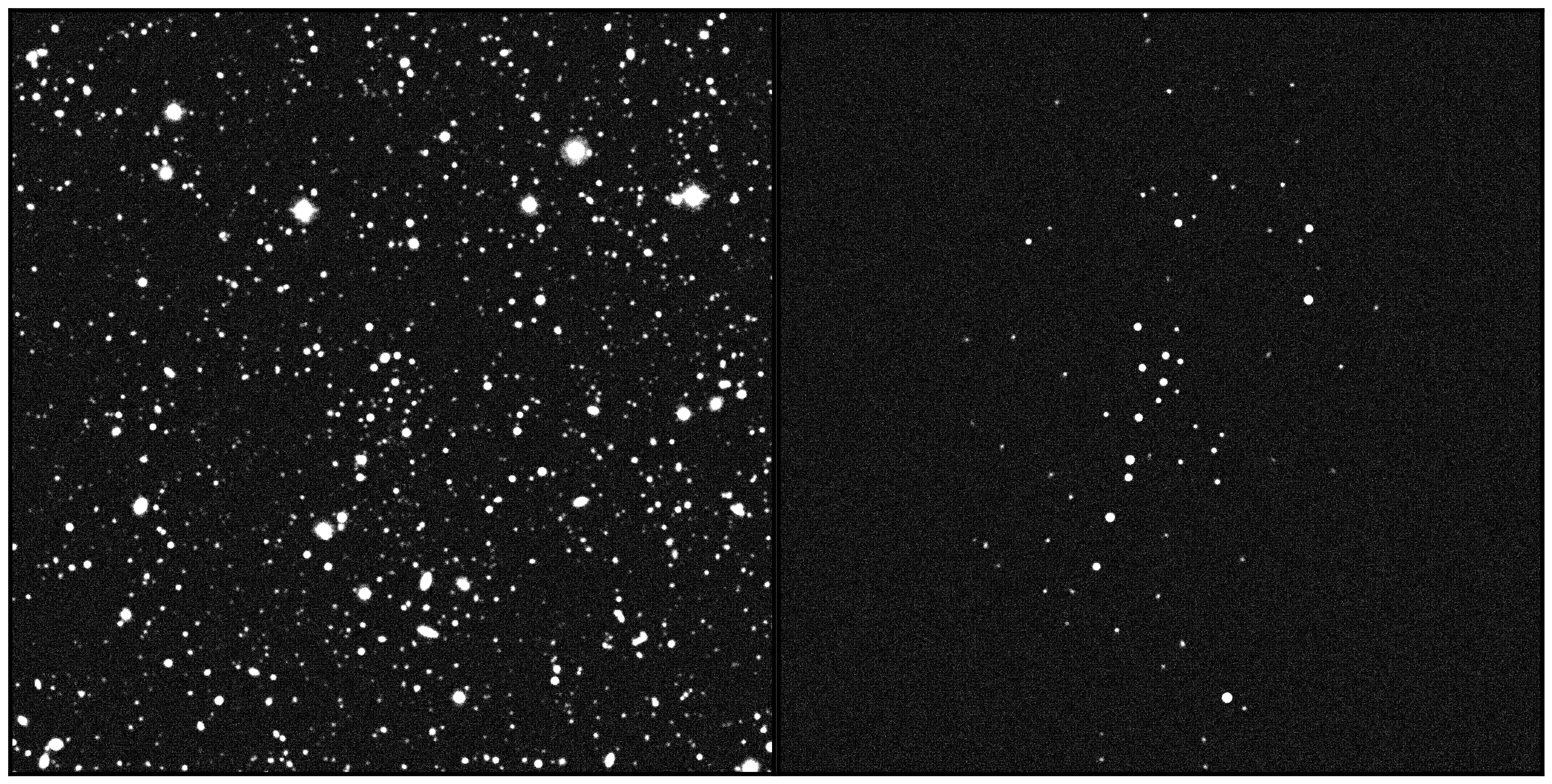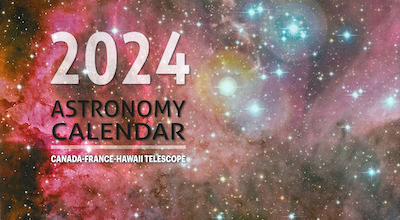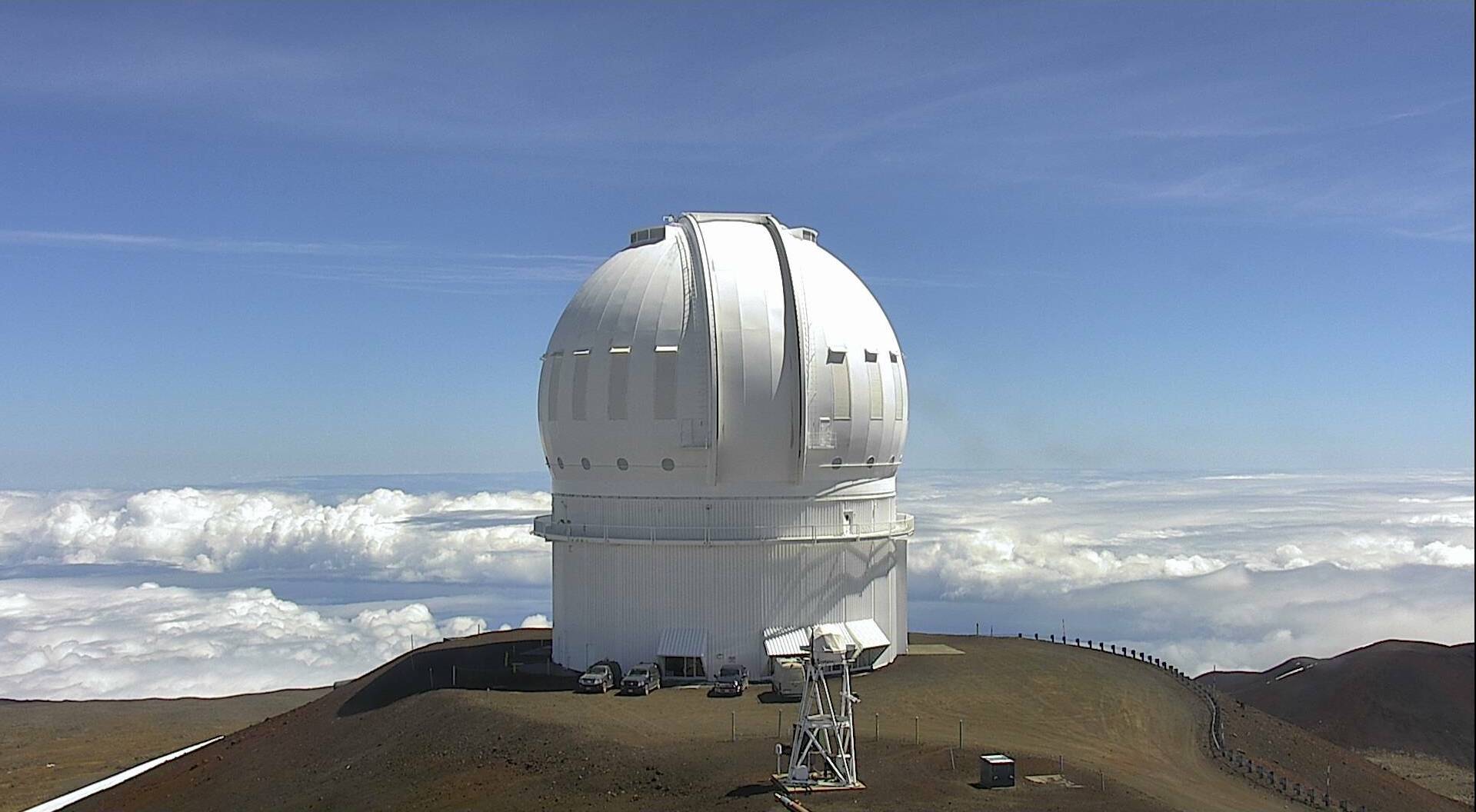White Dwarfs Become Magnetic As They Get Older!
An international team of astronomers from Armagh Observatory in Northern Ireland and the University of Western Ontario in Canada published a paper today in the Monthy Notices of the Royal Astronomical Society sharing new insights into the origin and evolution of the magnetic field of white dwarfs. The team used ESPaDOnS at CFHT, the ISIS spectrograph/spectropolarimeter at the William Herschel Telescope (WHT), and FORS2 at the European Southern Observatory (ESO) to carry out a spectropolarimetric white dwarf survey out to 20 parsecs from the Sun.
More than 90% of the stars of our Galaxy end their lives as white dwarfs. Although many have a magnetic field, it's still unknown when it appears on the surface, whether it evolves during the cooling phase of the white dwarf and, above all, what the mechanisms are that generate it.
At least one out of four white dwarfs will end its life as a magnetic star, thus magnetic fields are an essential component of understanding their complexities. New insights into the magnetism of these stars from the team’s survey provide the best evidence obtained so far of how magnetism in white dwarfs correlates with age. This could help to explain the origin and evolution of magnetic fields in white dwarfs.
“White dwarfs are the remnants of stars that have run out of fuel and collapse. By nature, they become cooler and fainter with time,” says Dr. Stefano Bagnulo, Armagh Observatory and co-author of the paper. “Observations tend to favor the study of the brightest, most massive, hottest white dwarfs, which are the youngest. In our survey, we chose to include older, fainter white dwarfs with the hopes we could learn more about the continued evolution of these remnants.”
The team observed all the white dwarfs from the Gaia catalogue that lack previous high-precision magnetic measurements in the region within 20 parsecs, 65 light years, of the Sun; obtaining new data for 87 of the 152 stars in the region. The team took spectra of the white dwarfs using three spectropolarimeters, critical instruments to understanding magnetic fields. Spectroscopy breaks the light from one star into its component rainbow or spectra allowing astronomers to learn more about the object’s composition, temperature, etc. An instrument with spectropolarimetric capabilities, like those used by the team, enhances the study of an object by increasing the sensitivity and detection of magnetic fields by more than two orders of magnitude better than spectroscopy alone.
“Most white dwarf observations are made using spectroscopic technique sensitive to only the strongest magnetic fields, thus failing to identify a large fraction of magnetic white dwarfs,” said Dr. John Landstreet of the University of Western Ontario and a co-author on the paper. “Two thirds of the stars in our survey were observed for the first time in spectropolarimetric mode, enabling our team to record previously undetected magnetic fields.”
The team used CFHT’s ESPaDOnS to make a quarter of the observations for the survey. ESPaDOnS is a high resolution spectrograph which can be used in a high resolution spectropolarimetric mode for observations like those made by the team. Landstreet was the primary investigator in Canada for the NSERC grant that funded the development of ESPaDOnS’ camera and has worked with the instrument since its commissioning in 2004.
The team found magnetic fields are rare at the beginning of the life of a white dwarf. The star no longer produces energy in its interior and starts its cooling phase. These observations demonstrate that magnetic fields do not appear to be a characteristic of a white dwarf since its "birth". Most often, the magnetic field is either created or brought to the stellar surface during the white dwarf's cooling phase.
The team also found the magnetic fields of white dwarfs do not show obvious evidence of decaying over time. The results indicate the magnetic fields are generated during the cooling phase or at least continue to emerge at the stellar surface as the white dwarf ages.
This picture is different from what is observed in larger, hotter magnetic main sequence stars, like Ap and Bp type stars. In these large stars, astronomers find magnetic fields are present as soon as the star reaches the zero-age main sequence, when they start to fuse hydrogen in their core, and that the magnetic field strength quickly decreases with time (details also uncovered with data from ESPaDOnS). Magnetism in white dwarfs therefore seems to be a totally different phenomenon than magnetism of larger, hotter, Ap and Bp type stars.
Magnetic fields in white dwarfs appear more frequently after the star’s carbon-oxygen core begins to crystallise. One explanation for the cause of these magnetic fields is a dynamo mechanism, which explains the weakest fields detected by the team. A dynamo mechanism occurs when a rotating object, like a white dwarf or the Earth, contains a molten, electrically conducting fluid. In a white dwarf, the crystallising carbon-oxygen core may generate the magnetic field in the same way the Earth’s molten iron core generates its magnetic field.
While the dynamo mechanism holds potential to understand white dwarf magnetic fields, further theoretical and observational investigation is necessary. Dynamos require fast rotation in an object, a trait not generally observed in white dwarfs. Dynamo mechanisms can explain magnetic fields up to 100,000 Gauss (the Earth’s field is 1 Gauss for reference), and astronomers have observed magnetic fields up to several hundred million Gauss in some white dwarfs. The team plans further work to untangle the mystery of white dwarf magnetic fields.
“John Landstreet’s used CFHT for decades and brings an expertise to observations that make the best use of CFHT,” said Dr. Nadine Manset, ESPaDOnS instrument scientist at CFHT. “After years of observations pushing the limits of ESPaDOnS, these results expand our understanding of white dwarfs and create new questions to be explored.”
Additional links
Scientific article at arXiv.org
Isaac Newton Group of Telescopes News Release
Media Contacts
Mary Beth Laychak
director of strategic communications, Canada-France-Hawai'i Telescope
808-885-3121
laychak@cfht.hawaii.edu
Scientific Contacts
Dr. Stefano Bagnulo
Armagh Observatory and Planetarium Stefano.Bagnulo@Armagh.ac.uk
Dr. John Landstreet
University of Western Ontario/Armagh Observatory and Planetarium
+1 519 473 4174
jlandstr@uwo.ca





